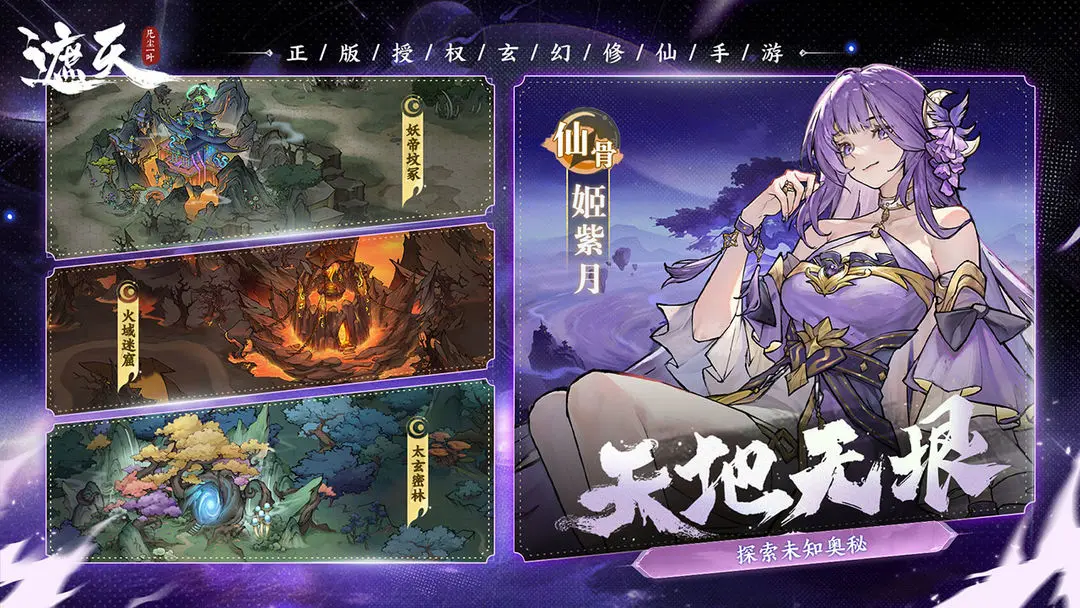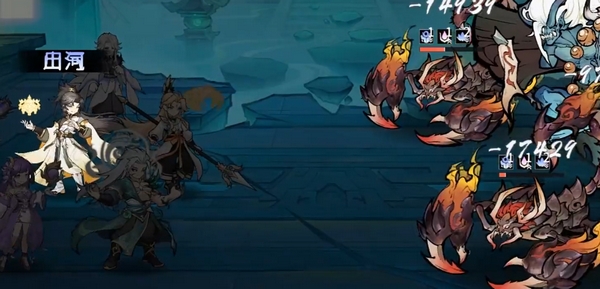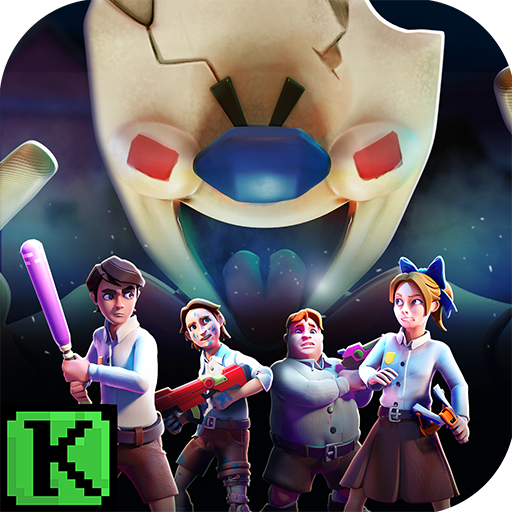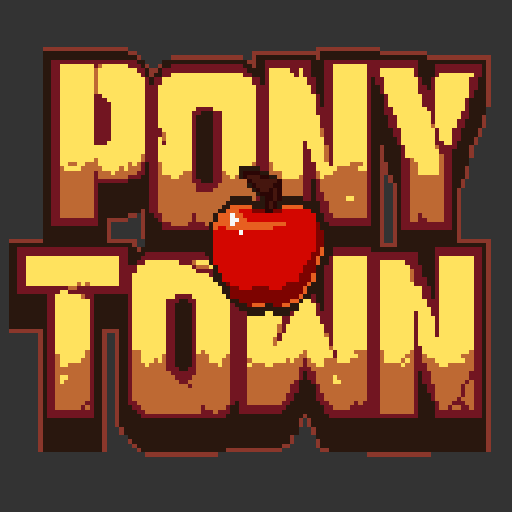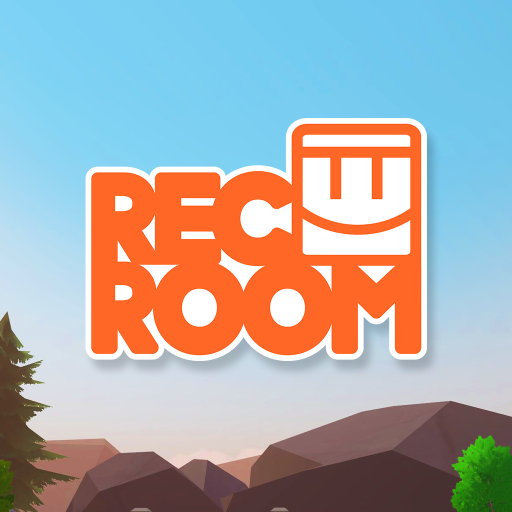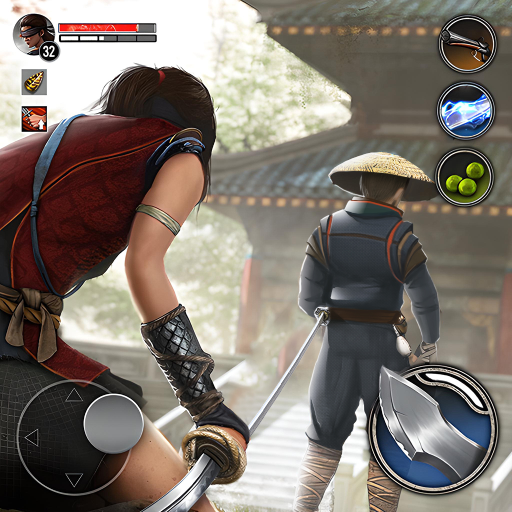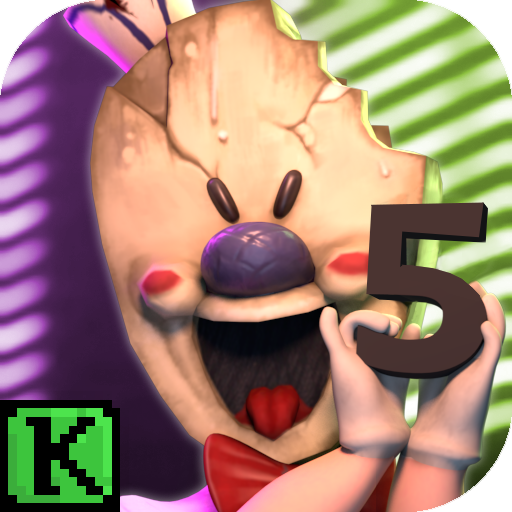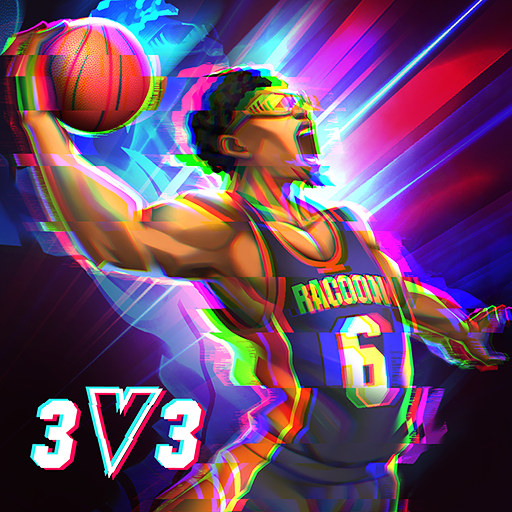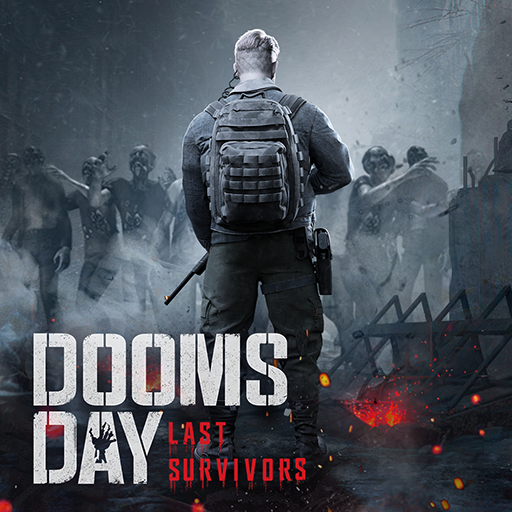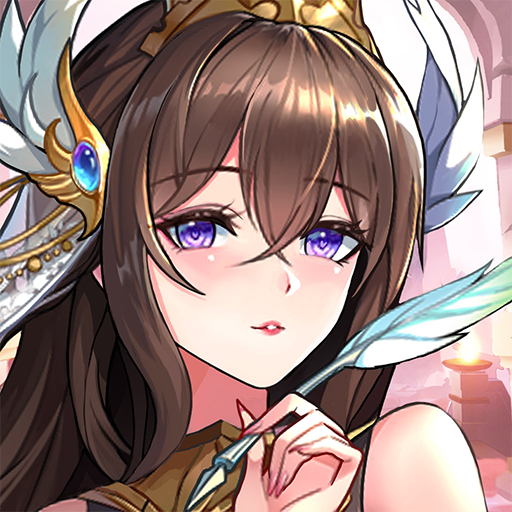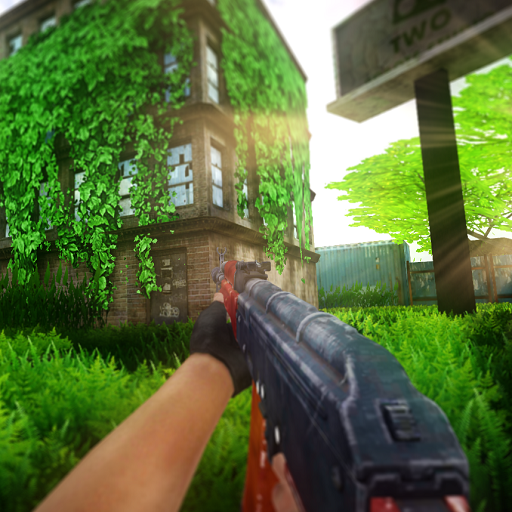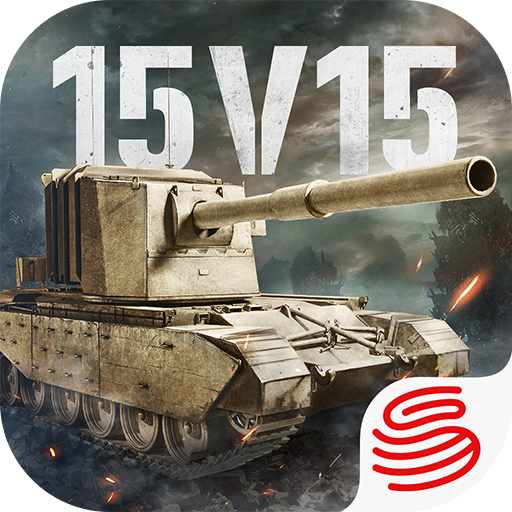A comprehensive guide to the meanings of characters in Babel Anthem, which many new players are likely searching for. The meaning of the characters will determine the player's speed in completing the game. The more character content a player understands, the more efficiently they can reach the final outcome. In this article, I will provide a thorough introduction to the specific meanings of all the characters in the game, hoping that this introduction can be helpful to everyone.
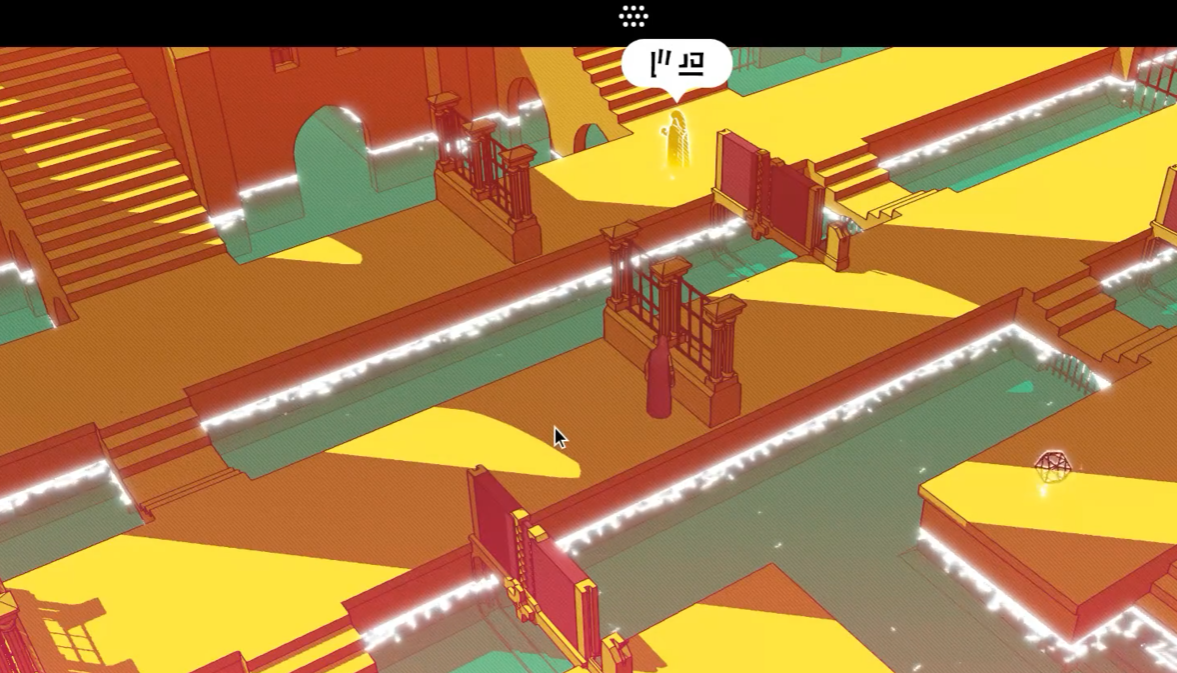
The characters in the game should be divided into five major blocks, each with completely different logical syntax.
For example, when the player reaches the Believer Layer, the overall logical syntax is subject-verb-object. At the same time, the meanings represented by each character are also more concise. For instance, a human-shaped character represents "I," and a door-shaped character represents "door."
Plural forms are demonstrated using repeated characters. For example, if the player finds multiple human-shaped characters in an icon, it represents "people." If it is related to a sentence about faith, a question mark is usually added at the end of the sentence.
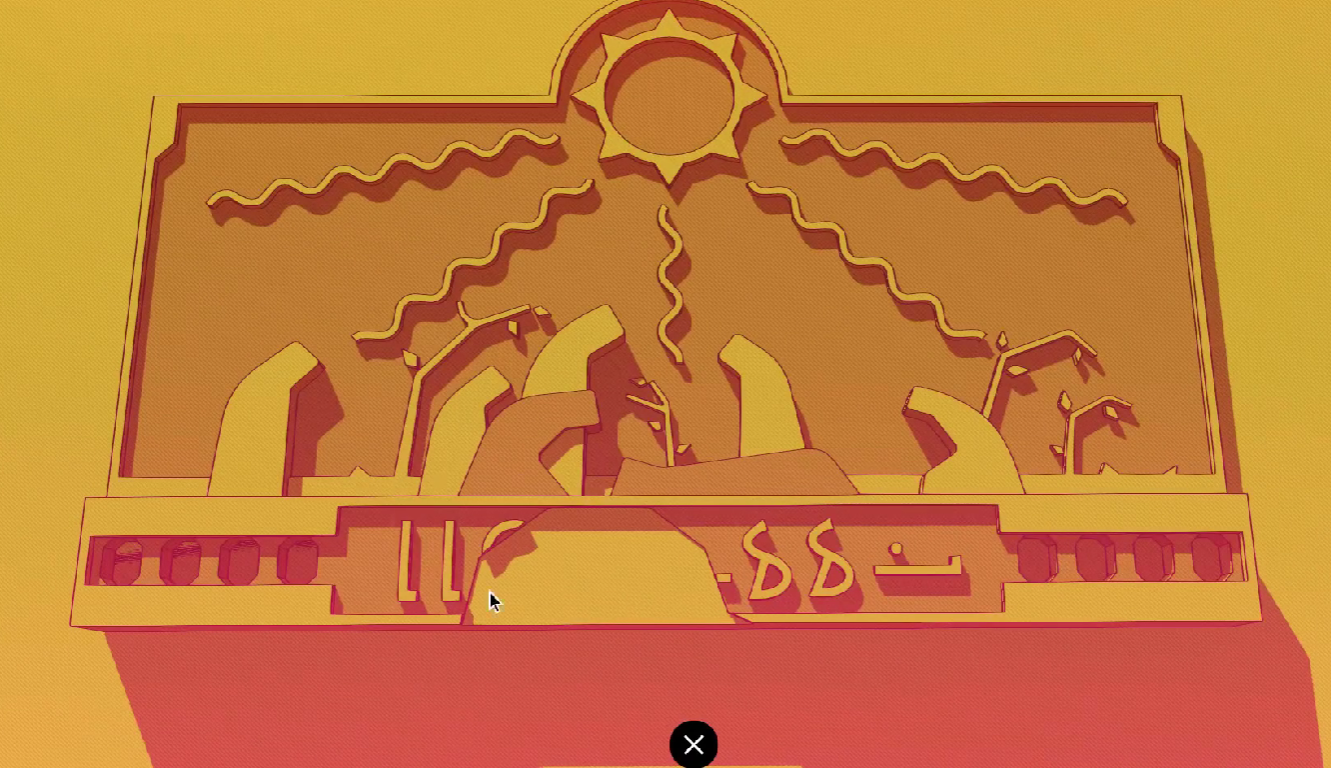
The grammatical logic of the Warrior Layer generally includes weapons as the main radicals.
For example, an icon with a shield symbol represents a warrior or guard. However, the plural logic in the Warrior Layer uses plural prefixes. If the warrior icon is placed at the front, it represents "warriors."
Military commands in the Warrior Layer always end with an exclamation mark. Additionally, the Warrior Layer has a large number of environmental words, such as a sun icon representing sunrise, and a clock icon representing ringing the bell.
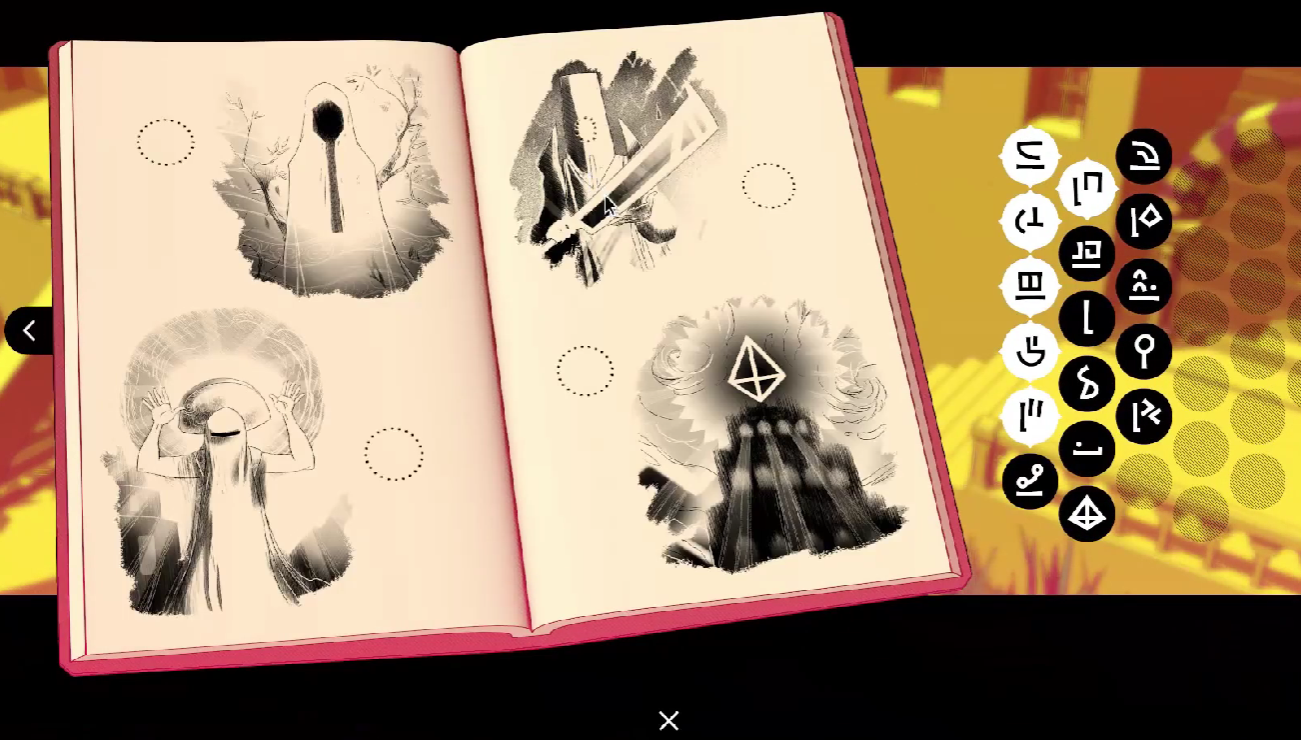
The grammatical logic of the Poet Layer focuses on aesthetics, using object-subject-verb order.
A square represents beauty, a triangle represents "I," and a rhombus represents a verb, which may carry the meanings of pursuit and singing. Pronouns referring to you, me, and him will always have a horizontal line decoration below them to enhance the aesthetic appeal.
Chain vocabulary represents slaves, which are key terms for class differentiation.
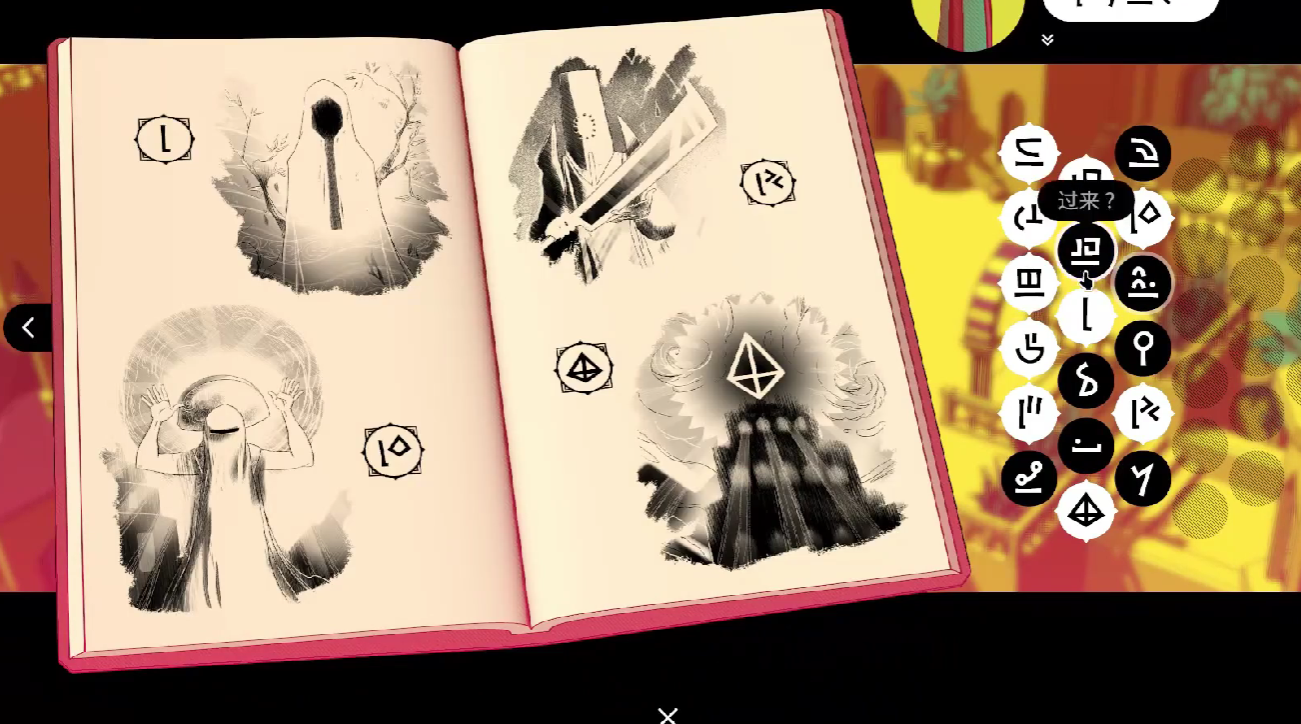
The grammatical rules in the Alchemist Layer mainly follow the subject-verb-object order but include many numerical systems.
For example, 110 represents smelting in the game, an arc represents a reversible reaction, a key icon represents a password, and a flame icon represents a furnace. Overall, the grammatical logic in the Alchemist Layer is relatively simple. Players only need to decipher one number to understand the meanings of the others.
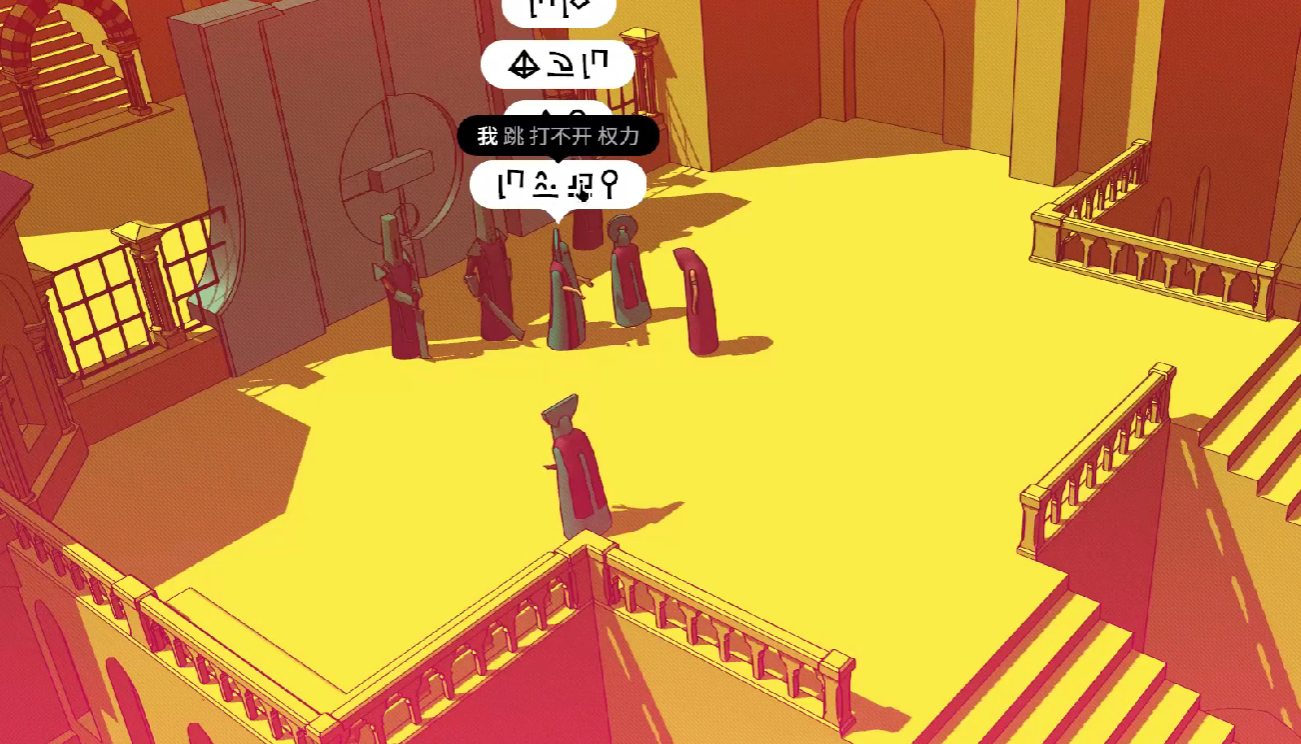
The core vocabulary in the Hermit Layer is more abstract, similar to braille design.
In this layer, a triangle represents "I," a small square represents "you," a circle represents "people," and a triangle plus a small square represents "my people." A stop icon represents no exile, and a lightning icon represents exile.
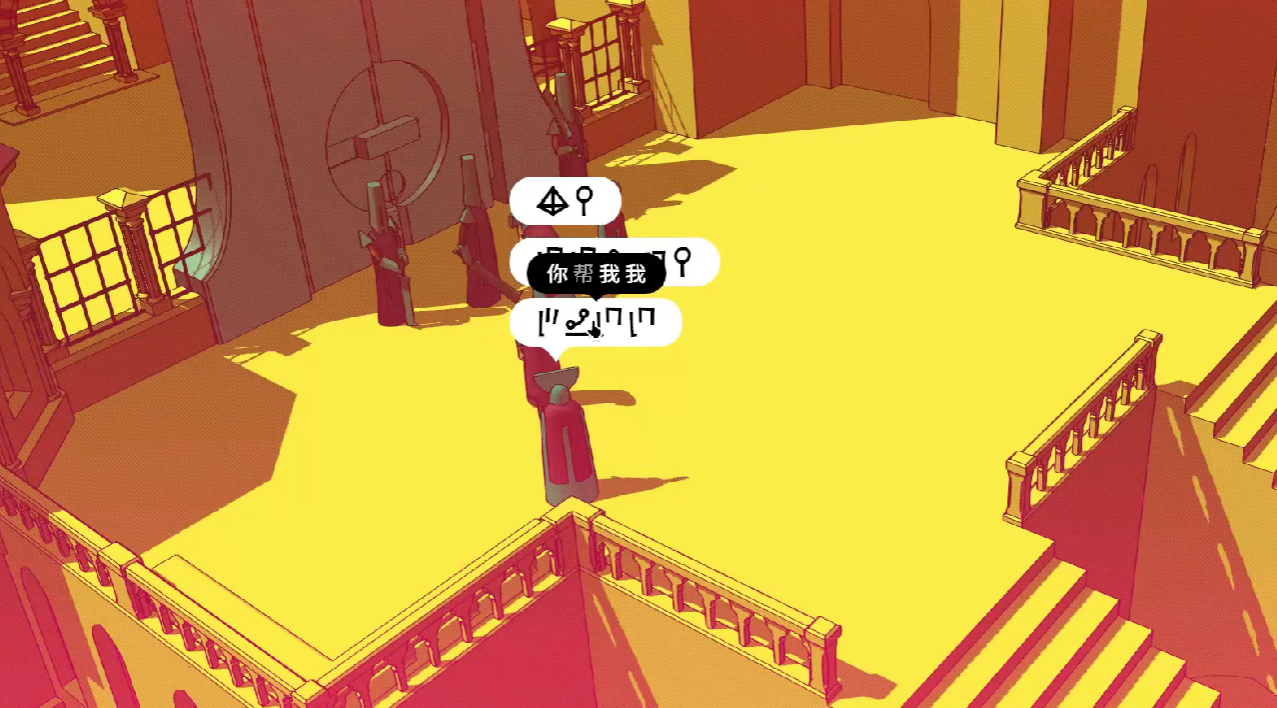
The above content is a comprehensive interpretation of the meanings of characters in Babel Anthem, organized by the editor for this issue. The characters in the game are diverse, but once players understand their creation logic, they can fully grasp their meanings. I hope that after reading this content, players can experience the game and enjoy it.
